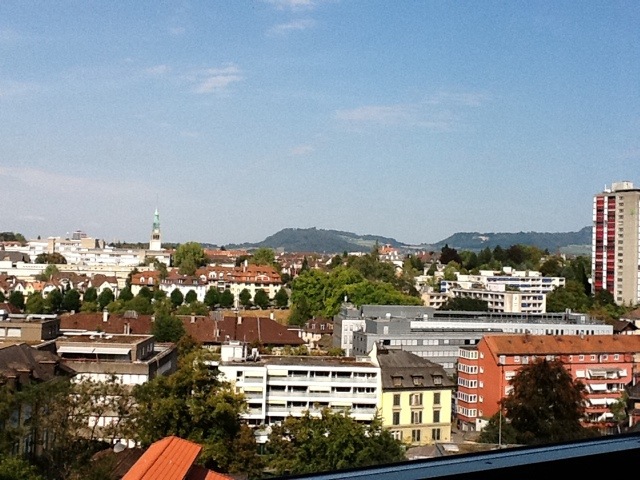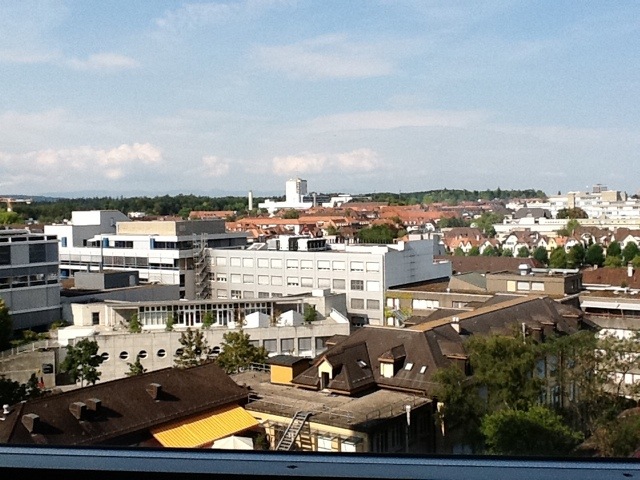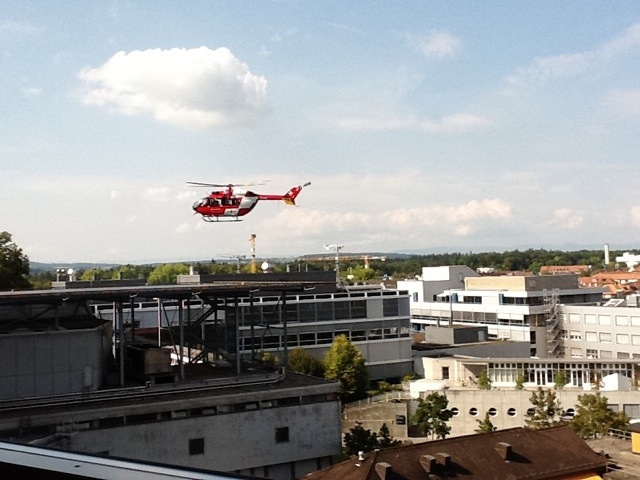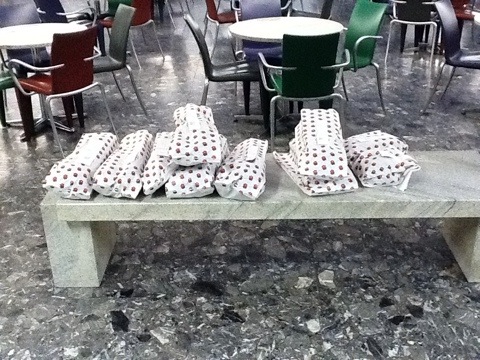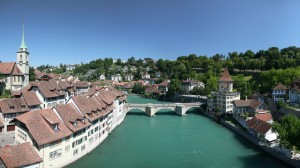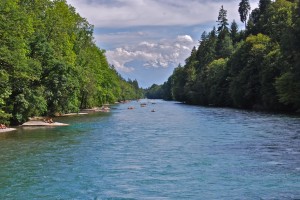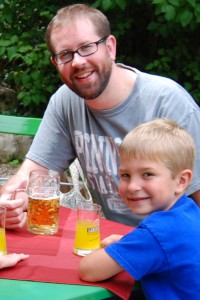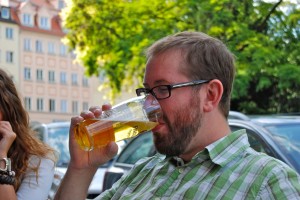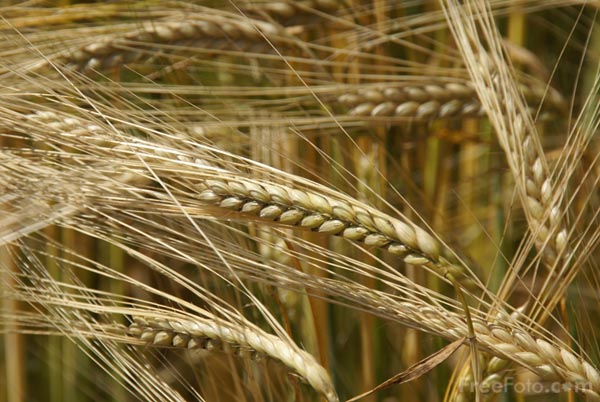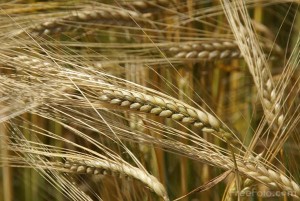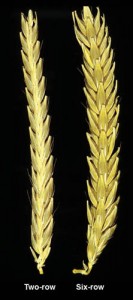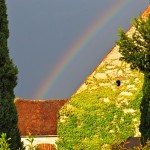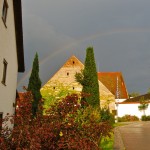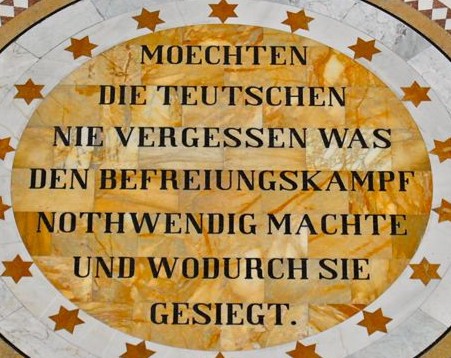When people think of Bavaria, they imagine men decked out in lederhosen and women clad in dirndls clutching liter mugs of beer, downing sausage after sausage, standing on wooden tables and spouting local dialects over the boom of an Oompah band.
Now don’t you feel just the least bit bad about stereotyping these people? Well, you should. In fact, the German people are a sophisticated culture with Bavaria being a center of high finance, manufacturing, avant-garde arts, and international relations. Chancellor Angela Merkel was recently voted the most powerful woman in the world by Forbes Magazine (apparently beating out Oprah and Lady Gaga).
And lest we forget Germany’s rich history. One of the most richly historic celebrations in Bavaria, in fact, the oldest annual Bavarian festival is the festival known as “Barthelmarkt.” While this festival has certainly been going on for the last 450 years, there is clear documentation of the festival from the mid 1300s, and precursors to the festival go as far back as the 1st century B.C.E.
It gets its name from St. Bartholomew, the patron saint of fisherman and shepherds. The feast of St. Bartholomew is August 24th, and was a gathering time for villagers to buy and sell horses (and other animals). Over the years this gathering began to involve a festival as old friends and horse traders converged on the area just south of Ingolstadt, Germany known as Oberstimm. Eventually it settled on the format of a four-day festival, beginning on Friday, and ending on Monday when animals and money are exchanged.
So this past weekend, we took the kids to Oberstimm, Germany, to meet up with our friend Kristina, and immerse ourselves in the rich history of this German festival. And that is how we found ourselves, Joe, James and Henry decked out in lederhosen and Sarah and Emily clad in dirndls, the adults clutching liter mugs of beer, downing sausage after sausage, standing on wooden tables and spouting local dialects over the boom of an Oompah band.
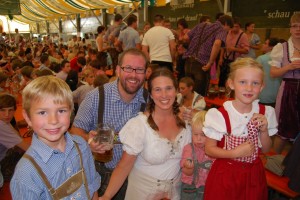
Damn stereotypes.
This festival features, among other attractions, a man who stands on a small bench, the bench held aloft by fellow festival-goers, while he chugs a liter of beer. There are mechanical rides, pony rides, food galore, large inflated bubbles containing your children that float on water, and multiple tents with bands playing music all day and night.
The highlight of the whole festivities is the singing of the Barthelmarktlied (it’s kind of an anthem). Below is a video from the very tent we were in showing the crowd getting worked up by the band as they sing the anthem. For those of you interested in following along at home with your own hymnal, download the text here.
http://www.youtube.com/watch?v=t0yew9eelOI
As a quick postlude, Kristina just sent me the picture below, found on a German website. Enjoy!


